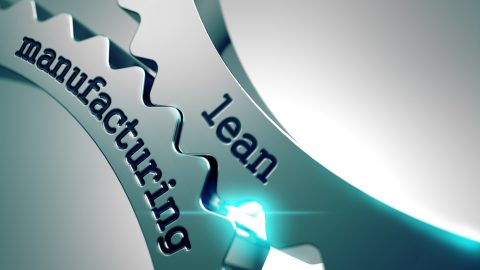
Combining lean with Industry 4.0 can lead to new manufacturing horizons.
Over the years, lean manufacturing systems have become widely used by many companies as a fundamental methodology to increase productivity and reduce nonvalue-added waste. However, nowadays, when the principles of lean production are rooted in the spirit of many companies, some classic lean tools are beginning to lose advantage as room for improvement becomes smaller and improving is more difficult. However, in today’s global business environment, continuous improvement in productivity and quality remains the key factor to maintain profitability and competitiveness.
The introduction of Industry 4.0 with its principles of interconnection, information transparency, technical assistance, and decentralized decisions with cyberphysical systems, the Internet, and future-oriented technologies could further enhance human–machine interactions that may lead to new dimensions of improvement. Nevertheless, executing Industry 4.0 could be cost intensive for most SMEs and there are also concerns over whether technology could be replacing human work itself.
Companies practicing lean could face the dilemma of whether Industry 4.0 is replacing lean systems or can be integrated with lean concepts. Lean approaches such as finding and eliminating muda (waste) in the form of idle or failed machines or nonvalue-added activities could be improved by integrating Industry 4.0 principles. Applications of advanced data acquisition, sensors, and the Internet of things (IoT) and Internet of People make advanced analytics and real-time data access possible, which offers obvious advantages in finding and eliminating waste. Therefore integrating lean management systems with Industry 4.0 concepts could be referred to as “digitalized lean” to take operational excellence to entirely new horizons.
Based on research by Shah and Ward, lean manufacturing is divided into the following 10 key factors:
The 10 key factors could be further subdivided into four groups consisting of supplier, process, customer, and control factor. We will explore this issue later in the series.